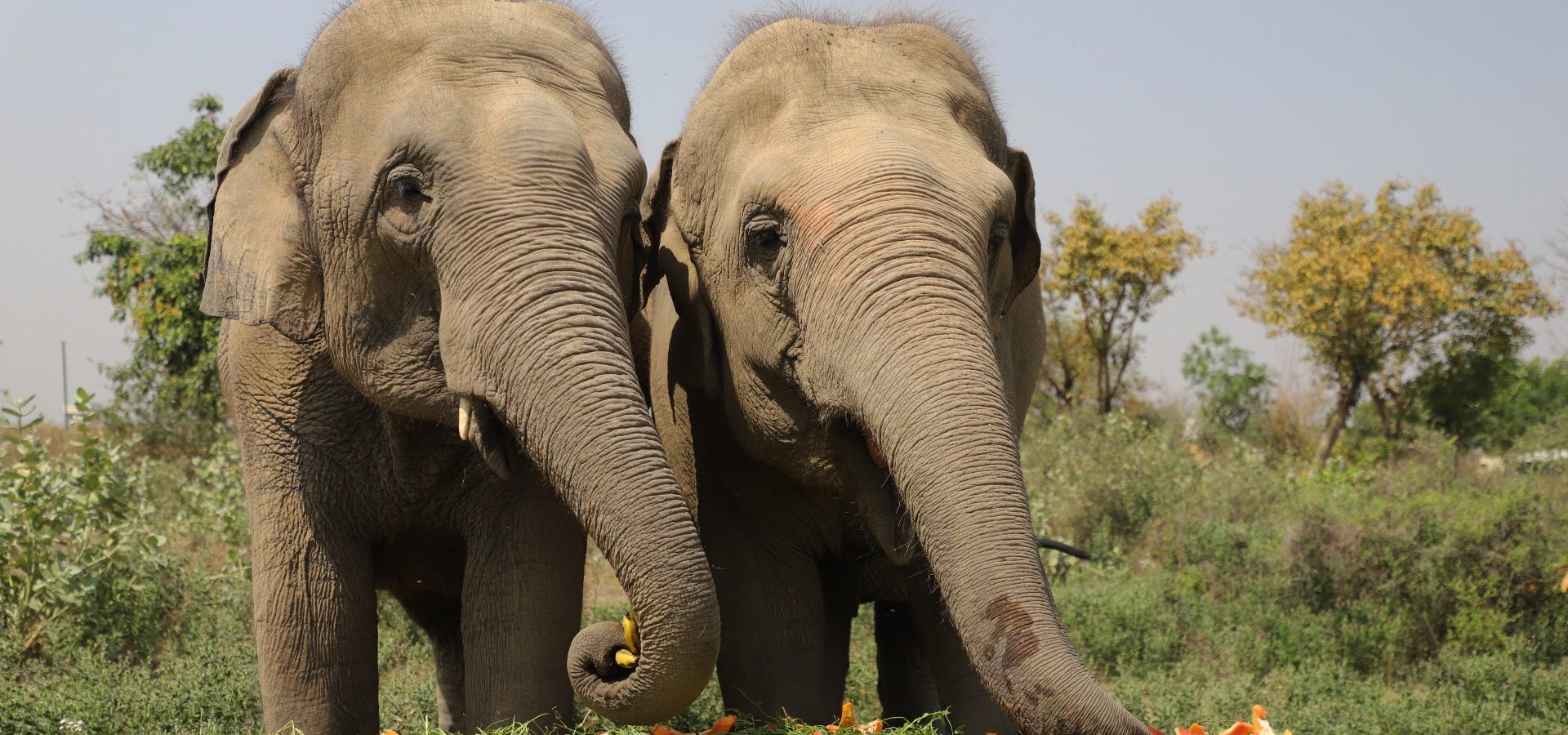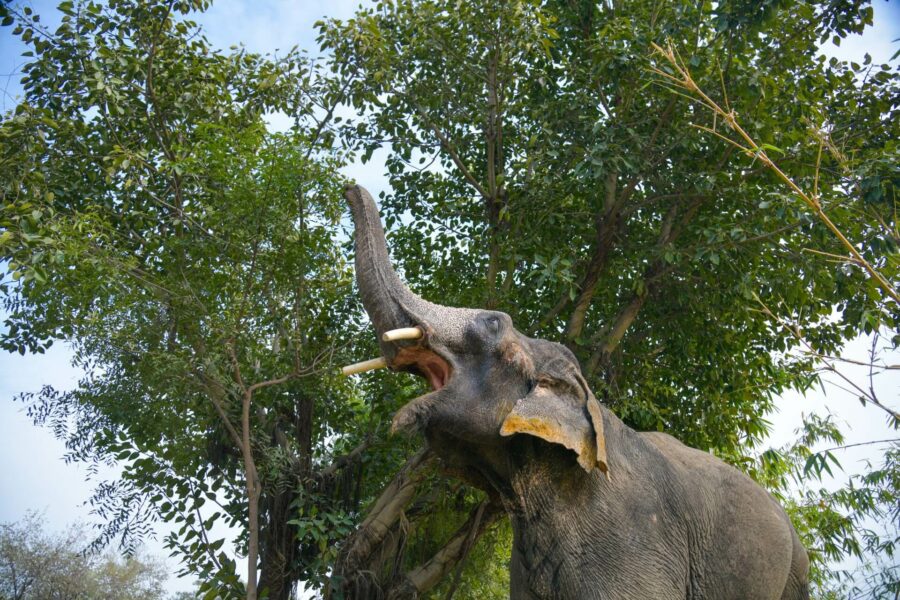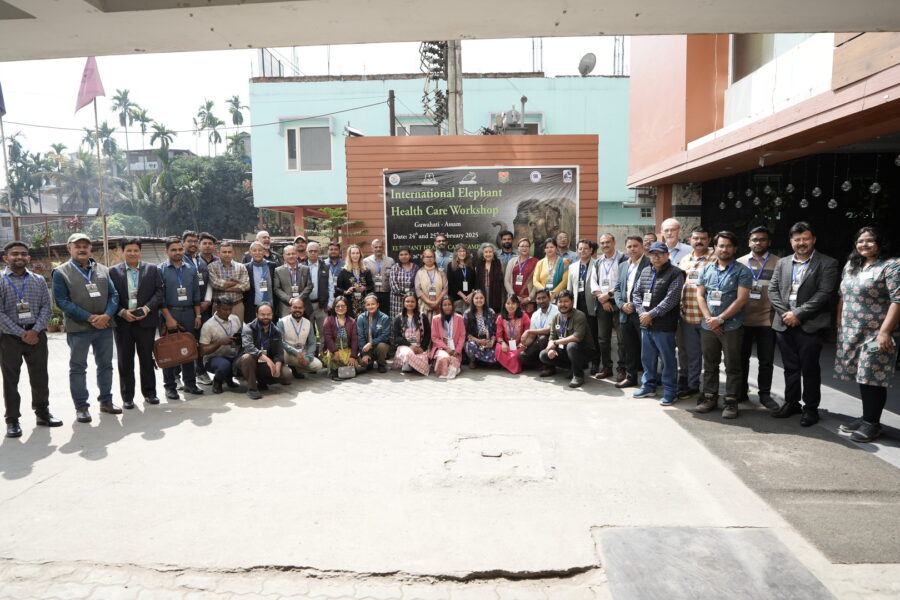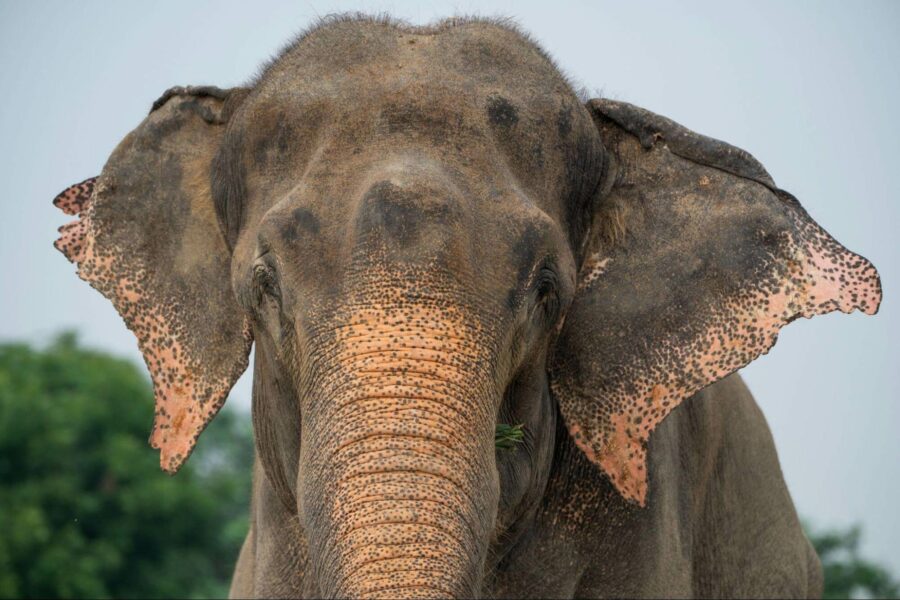In the lush landscapes of India that many Asian elephants call home, a captivating tale of gastronomic delight unfolds. These majestic animals, with their massive bodies and gentle demeanour, have appetites as grand as their presence. India’s forests provide a symphony of tastes to these elephants, from the succulent grasses that tickle their palates to the vibrant leaves that provide a burst of nutrition. As they meander through the dense foliage, these elephants relish the offerings of their forest home, embracing the diverse flavours that nature presents.
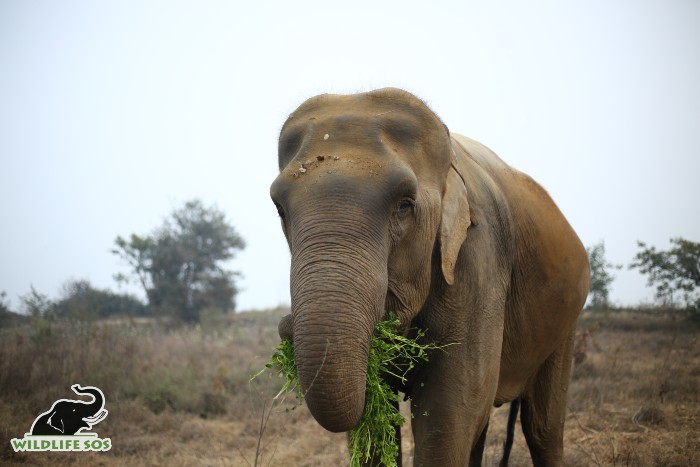
To sustain their colossal size and energy intensive endeavours, elephants can consume around 150 kilograms of food in a day, a culinary feat that fuels their existence. Their diet, reminiscent of a lavish feast, showcases a captivating mix of leaves, fruits, and bark. This diverse array of flavours provides the elephants with the necessary energy, full of carbohydrates and fats, to power their day-to-day activities. In the wild, these elephants can forage for days for food and water, sometimes travelling up to 48 kilometres within a day.
Let’s embark on a journey to uncover the secrets of their wild diets, focusing on the Asian elephants that roam the enchanting lands of India.
An Ode to the Grasslands
Picture an elephant gracefully strolling through swaying grasslands, its trunk gently plucking tufts of greenery. Elephants have an insatiable appetite, including the elephant grass (Saccharum spp.) and the delectable bamboo grasses (Bambusoideae spp.). These delectables not only satisfy their hunger but also provide a wealth of nutrients, including energising carbohydrates and essential roughage. The fibrous nature of this diet aids in digestion, ensuring that elephants can continue their epicurean journey through the wild.
To navigate their rich feasts, elephants possess remarkable adaptations. Their large continuously growing molars, adorned with ridges and cusps, are nature’s culinary implements. With each chew, they skillfully grind the tough plant material, allowing for efficient digestion. But the wonders don’t end there. As their teeth wear down over time, new ones push forward, ensuring a never-ending cycle of dental perfection.
A Dive into Aquatic Delights
As elephants traverse their territories, they stumble upon Earth’s aquatic landscapes. Here, they indulge in an array of hydrophytes, like water hyacinths and lotus plants. These submerged wonders offer a succulent source of moisture, essential minerals, and vital nutrients.
They delicately pluck aquatic plants, with their trunks caressing the floating water hyacinths and delicately grasping the radiant lotus leaves. Each bite is replete with freshness, a celebration of the lively ecosystem that surrounds them. Nature’s buffet presents itself as a lifeline during the dry seasons when water sources may be scarce. The elephants gracefully feast upon this aquatic bounty, savouring every mouthful as they quench their thirst and nourish their bodies.
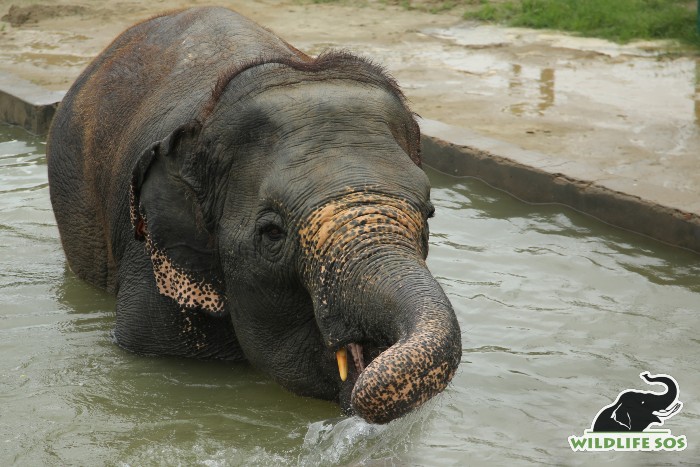
Alongside their gastronomic indulgences, Asian elephants also consume a lot of water for sustenance. These splendid beings can drink up to 190 litres of water each day. The importance of consuming this huge amount of water extends beyond quenching their thirst. It regulates their physiological functions, ensuring harmony within their bodies and the preservation of optimal body temperatures. The pristine waters that flow through their habitats become a vital component of their epicurean journey.
The Dietary Journey of Asian Elephants
In the lush southern regions of India, where forests thrive and the air is thick with moisture, Asian elephants graze and nibble on leaves, and relish the tender shoots of bamboo. The scent of flowers and the sweet taste of fruits often tempt them, along with the occasional indulgence of tree bark. It is in these verdant landscapes that these gentle giants find solace and sustenance.
Farther northeast, where mixed forests and vast grasslands unfold, the Asian elephants’ esculent choices expand. Here, they partake in a diverse array of delicacies from nature’s pantry. Bamboo, with its woody stalks and succulent foliage, remains an irresistible treat. The elephants also indulge in the fruits that hang temptingly from branches, and when the mood strikes, they sample the bark of selected tree species.
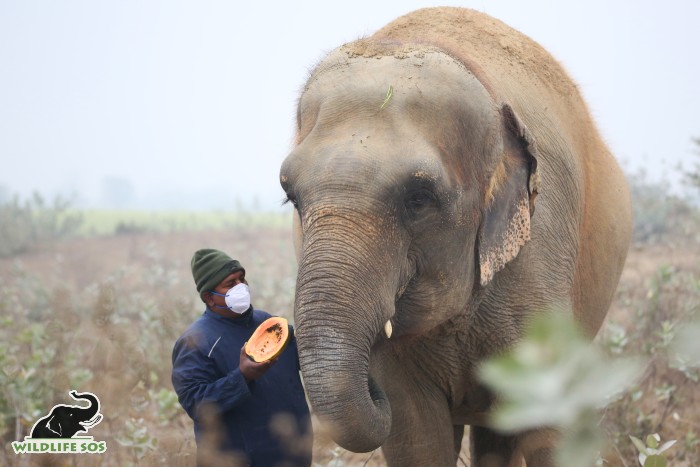
In the northwestern and central parts of India, where dry forests paint the landscape, the Asian elephants adapt their diet to the arid conditions. Here, they seek out hardier plant species that can withstand the harshness of the environment. They graze upon shrubs and tree leaves, drawing nourishment from the sparse greenery that flourishes against all odds. When resources are scarce, their resilient spirit shines through as they nibble on the bark of trees, utilising every available sustenance.
Asian elephants forge their path across varied regions of India, harmonising with the ecosystem they call home. It’s important to note that the diet of Asian elephants can vary within their geographic range based on the seasonal availability of food, local habitat conditions, and human activities. Understanding the dietary preferences and patterns of these elephants is crucial for implementing effective conservation strategies and minimising conflicts between elephants and humans.
The Dance between Elephants and Agriculture
Unfortunately, the encroachment of human settlements and agricultural expansion has started a delicate tug of war between elephants and the cultivated fields. In their quest for sustenance, Asian elephants occasionally find themselves amidst rows of tempting agricultural crops. Sugarcane, paddy rice, and an assortment of vegetables become an indulgence for them. Sugarcane stalks sway like tempting confections while paddy rice fields shimmer with potential for these giants — both causing occasional conflicts with local farmers. Thoughtful measures are required to foster coexistence and mitigate human-elephant conflicts, ensuring that both farmers and elephants can thrive together in peace.
Since 2018, Wildlife SOS has been working with farmers of Chhattisgarh for the mitigation of human-elephant conflict. As a part of the Chhattisgarh Elephant Project, the Wildlife SOS team in the state conducts regular workshops with the farmers in order to guide them with methods to lessen conflict. The project has a multipronged approach — GPS radio-collaring the matriarch elephant of one herd, awareness and training of villagers about cohabitating with elephants, and studying the ranging pattern, seasonal ranges, and behavioural patterns of elephants.
Understanding the diet of elephants in the wild takes us on a mesmerising journey through a vast and diverse menu. From the grasslands to the forests, and the aquatic wonderlands to the agricultural landscapes, these incredible creatures navigate a dietary adventure like no other. As we immerse ourselves in the fascinating world of elephant diets, we are reminded of the critical role pachyderms play in the delicate balance of ecosystems. Their feeding habits contribute to seed dispersal, plant regeneration, and maintaining the diversity of plant communities. By understanding and appreciating their dietary needs, we can work towards preserving their habitats and ensuring their survival for generations to come.
Over the years, Wildlife SOS has rescued several elephants that were bound in cruel captivity. These elephants had suffered gross neglect while serving as begging elephants, circus elephants or used for tourist rides. Their traumatic past has left indelible marks not just on their bodies, but also on their minds. Wildlife SOS provides medical attention, a nutritious diet and enormous affection to as many as 30 elephants within our long-term care. To help us sustain their welfare, please consider making a donation. You can also support us by sponsoring an elephant within our care.

